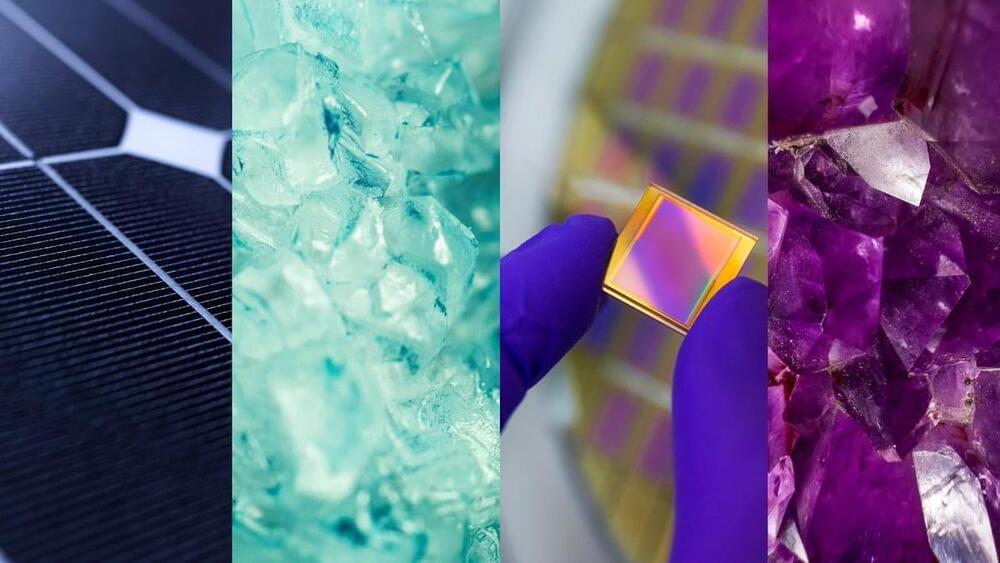The new study estimates $25.7 billion lost annually in waste management and damage to marine ecosystems.
Olga355/iStock.
Cigarette filters were marketed under the guise of addressing health concerns by providing a false impression of safety. These filters, made of a material called cellulose acetate, don’t actually reduce health risks and can even harm the lungs. The cellulose acetate fibers have been shown to deposit into the lungs of smokers.







